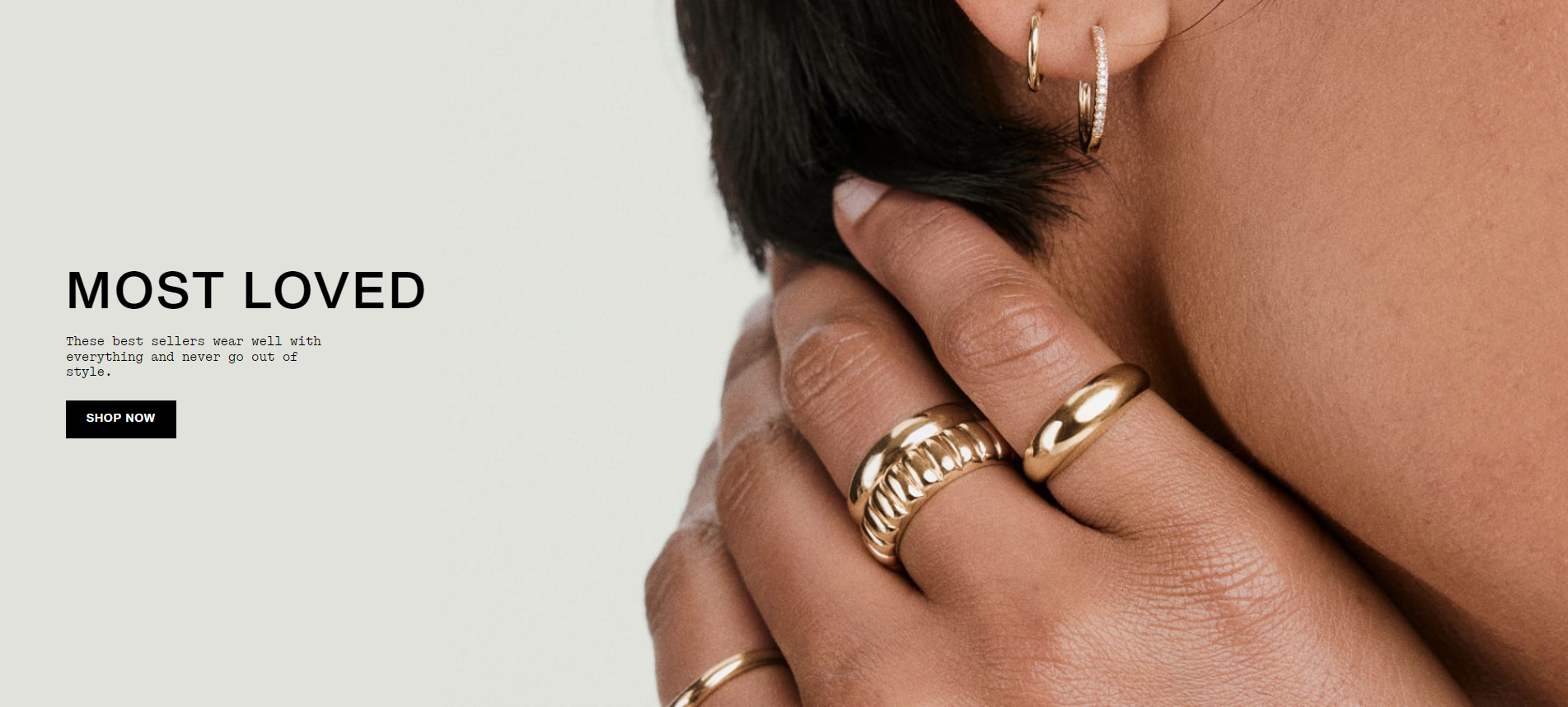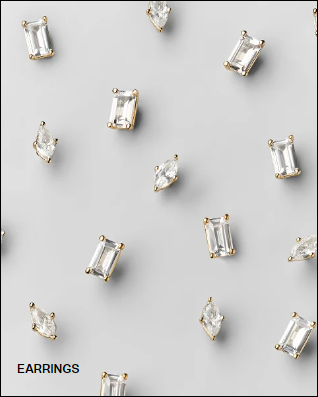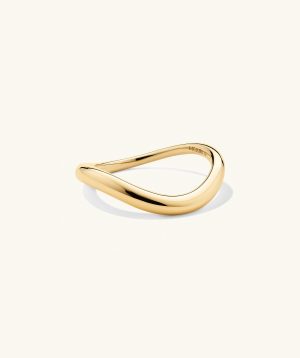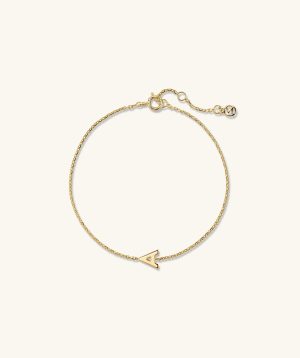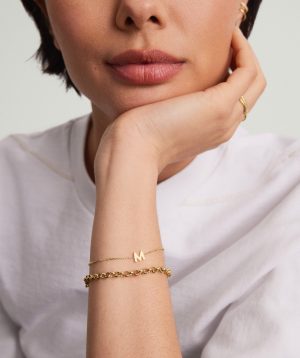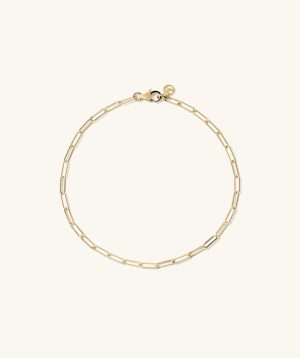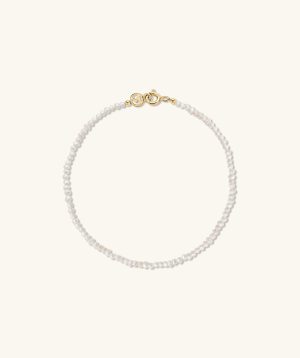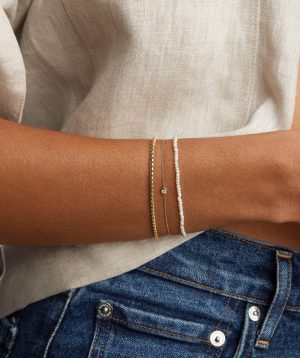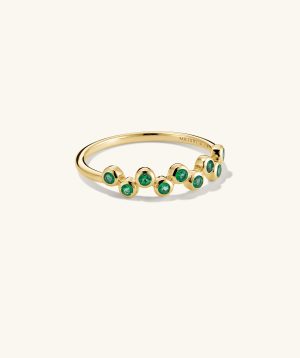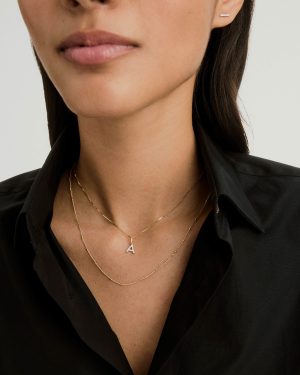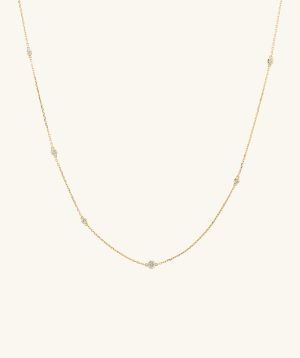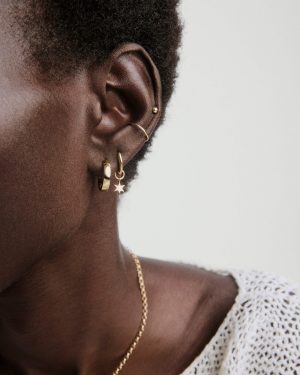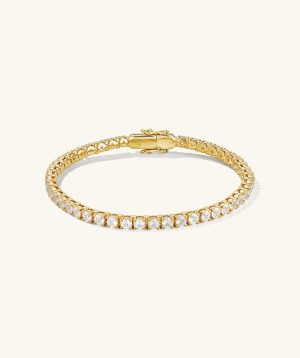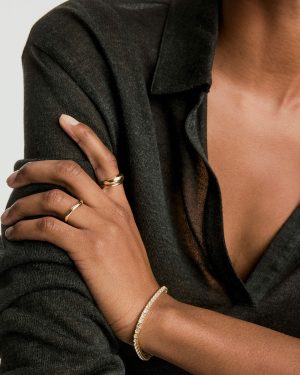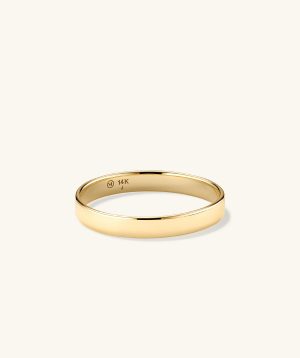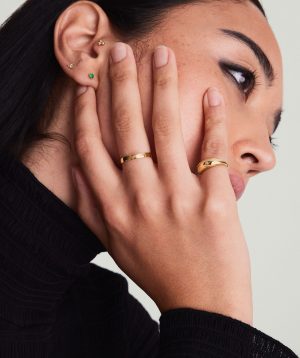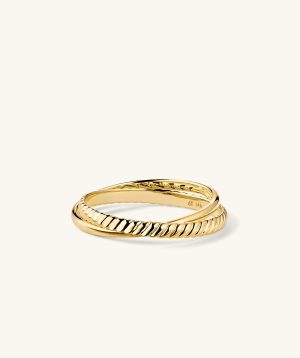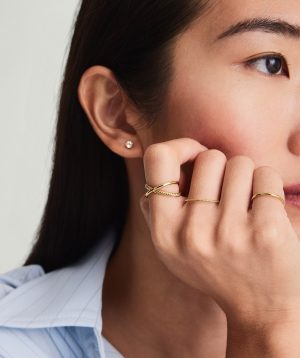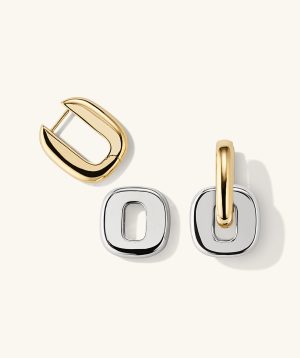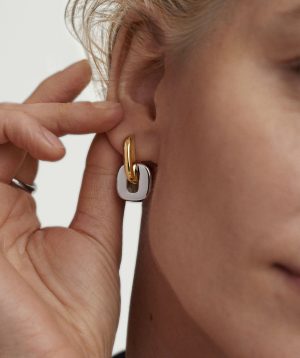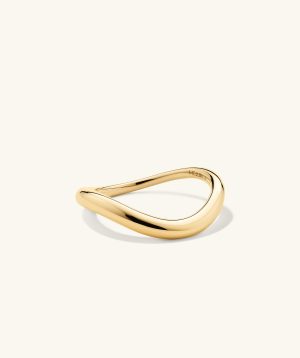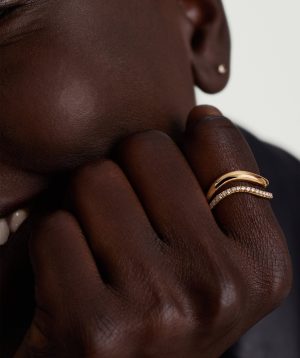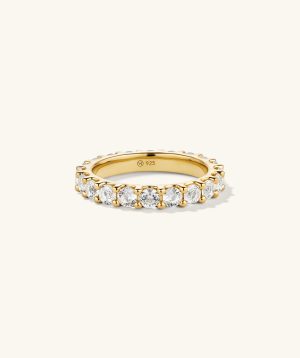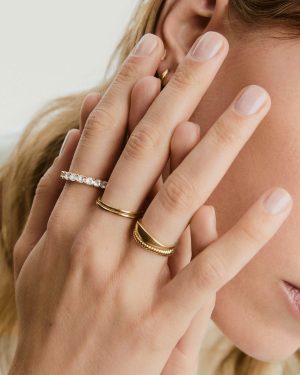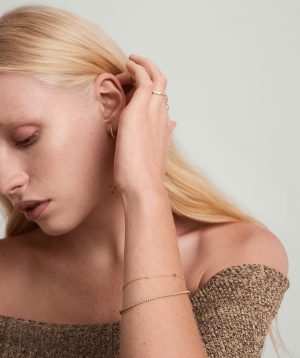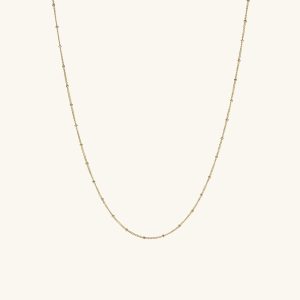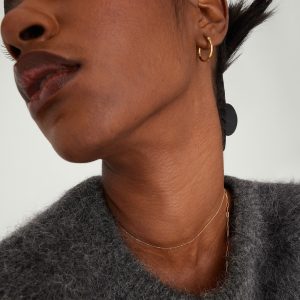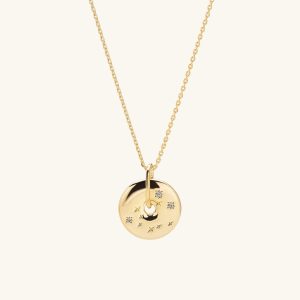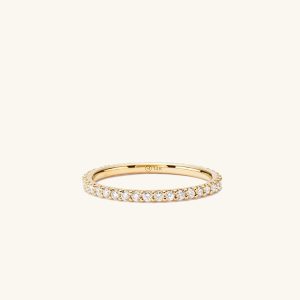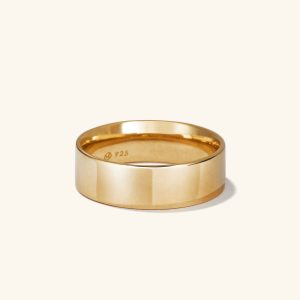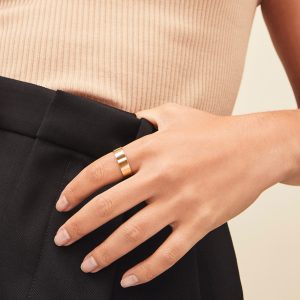Classic Recommendation.
The Timeless Allure of Necklaces: More Than Just Adornment
Necklaces have graced human necks for millennia, transcending mere accessory status to become vessels of history, emotion, and identity. From the crudest shell strands of ancient civilizations to the glittering diamond masterpieces of modern luxury, these pieces have woven themselves into the fabric of culture, telling stories of love, power, faith, and memory. To wear a necklace is not just to decorate the body—it is to carry a piece of something larger: a legacy, a feeling, or a moment frozen in time. In this exploration, we’ll delve into the rich tapestry of necklace history, the artistry behind their creation, the meanings they hold, and why they remain an indispensable part of personal style.
The story of necklaces begins long before written records, in the dawn of humanity. Archaeologists have unearthed necklace-like adornments dating back over 100,000 years, crafted by early humans from materials readily available in their environments: shells, animal bones, teeth, and pebbles. These weren’t just decorative—they likely served practical and symbolic purposes. A strand of polished shells might have signaled membership in a tribe, marked a coming-of-age ritual, or even been used as a form of currency. In coastal regions, shells were particularly prized for their rarity inland; a necklace made of cowrie shells, for example, could denote wealth or social standing. As civilizations advanced, so did the materials and craftsmanship of necklaces. In ancient Egypt, around 3100 BCE, gold became the metal of choice for royal and elite necklaces. The Egyptians revered gold for its durability (it never tarnishes) and its association with the sun god Ra, believing it held divine power. Pharaohs and nobles wore elaborate collars called “usekhs”—wide, structured necklaces made of gold plates, semi-precious stones like lapis lazuli and carnelian, and glass beads. These usekhs weren’t just fashion statements; they were ceremonial pieces, worn during religious rituals and burials to ensure the wearer’s protection in the afterlife. Tutankhamun’s tomb, discovered in 1922, contained dozens of usekhs, including one inlaid with turquoise and gold that remains one of the most iconic examples of ancient Egyptian jewelry.
Across the Mediterranean, ancient Greece and Rome put their own stamp on necklace design. Greek necklaces, dating from the 8th century BCE, were often more delicate than their Egyptian counterparts, featuring intricate filigree work (twisted metal threads) and pendants shaped like gods, goddesses, or animals. The Greeks also popularized the “choker”—a close-fitting necklace that sits high on the neck—a style that would resurface centuries later in Victorian England and modern fashion. Roman necklaces, meanwhile, reflected the empire’s love of opulence. Wealthy Romans wore necklaces adorned with pearls (imported from the Persian Gulf and Red Sea), emeralds, and rubies, often set in gold. They also favored “lockets”—small, hinged pendants that held portraits of loved ones or tiny religious relics. This tradition of using necklaces to carry personal mementos would endure, becoming a staple of necklace design in later eras.
The Middle Ages (5th to 15th centuries) brought a shift in necklace symbolism, as religion became the dominant cultural force. Christian Europe saw the rise of necklaces featuring religious motifs: crosses, saints’ medallions, and relics encased in metal. These pieces were not just decorative but devotional—worn as a sign of faith and a way to seek divine protection. For example, knights often wore cross necklaces into battle, while noblewomen adorned themselves with pendants holding fragments of saints’ bones or hair. Materials were often limited by social class: peasants might wear necklaces made of wood or simple metal, while nobles and clergy had access to gold and gemstones. The Renaissance (14th to 17th centuries) marked a return to classical inspiration, with necklace designs drawing on Greek and Roman motifs. Artists and goldsmiths began experimenting with new techniques, such as enameling (adding colored glass to metal) and gemstone cutting, creating pieces that were both beautiful and technically sophisticated. The Medici family, one of the most powerful in Renaissance Italy, commissioned some of the era’s most elaborate necklaces, featuring diamonds, pearls, and intricate metalwork. These pieces were not just status symbols but also works of art, showcasing the skill of the craftsmen who made them.
The 18th and 19th centuries brought dramatic changes to necklace fashion, driven by social upheaval and shifting cultural tastes. The 18th century, known as the “Age of Enlightenment,” saw a move away from the heavy, ornate necklaces of the Renaissance toward lighter, more delicate styles. In France, the “Rococo” period (1720–1780) favored necklaces with soft, curving lines, pastel-colored gemstones, and motifs like flowers, birds, and bows. Pearls remained popular, especially among the aristocracy—Marie Antoinette, the Queen of France, was famously fond of pearl necklaces, owning dozens of strands. However, the French Revolution (1789–1799) changed everything. The overthrow of the monarchy led to a rejection of the opulence of the aristocracy, and simple, understated necklaces made of steel or glass became fashionable. The 19th century, particularly the Victorian era (1837–1901), saw a revival of elaborate necklace design, but with a focus on sentimentality. Queen Victoria herself was a major influence on fashion—her love of jewelry, especially necklaces, set trends across Europe and North America. Victorian necklaces often featured romantic motifs: hearts, flowers, and snakes (symbolizing eternal love). Lockets became even more popular, with many holding photographs of family members or locks of hair. Mourning necklaces were also common during this era—dark, somber pieces made of jet (a black gemstone) or onyx, worn to honor deceased loved ones. These necklaces were often engraved with the name and date of the deceased, turning them into personal memorials.
The 20th century was a time of experimentation and diversity in necklace design, as fashion became more accessible and individualistic. The early 1900s, known as the “Edwardian era,” favored delicate necklaces made of platinum (a new, strong metal that could hold tiny gemstones) and diamonds, with lace-like metalwork inspired by the elegance of the period. The 1920s, or “Roaring Twenties,” brought a radical shift: flappers rejected the long, flowing necklaces of the past in favor of short, bold chokers and necklaces made of art deco motifs—geometric shapes, zigzags, and bright colors. This era also saw the rise of costume jewelry, made of affordable materials like glass, plastic, and imitation gemstones, allowing women of all social classes to experiment with style. The 1950s and 1960s brought more variety: Hollywood starlets like Audrey Hepburn popularized delicate pearl necklaces (as seen in Breakfast at Tiffany’s), while the counterculture movement of the 1960s embraced bohemian styles—long, layered necklaces made of beads, leather, and natural stones. The 1980s and 1990s were all about excess: chunky gold necklaces, statement pendants, and chokers made of velvet or plastic. By the end of the century, necklace design had become truly democratic, with styles ranging from high-end luxury pieces to affordable, trendy options.
Today, necklaces continue to evolve, blending tradition with modernity. High-end jewelry houses like Cartier, Tiffany & Co., and Bulgari create one-of-a-kind necklaces using rare gemstones and masterful craftsmanship—pieces that can cost millions of dollars and are worn by celebrities and royalty. For example, the “Hope Diamond,” a 45.52-carat blue diamond, is set in a necklace and displayed at the Smithsonian Institution, drawing millions of visitors each year. But modern necklace fashion is not just about luxury. Fast fashion brands offer affordable, on-trend necklaces that allow people to update their style without breaking the bank. Minimalist necklaces—thin gold or silver chains with small pendants—are popular for everyday wear, while layered necklaces (multiple chains of different lengths worn together) have become a staple of casual and formal outfits alike. Personalized necklaces are also on the rise: people are choosing necklaces with their initials, birthstones, or the names of loved ones, turning them into unique expressions of identity.
But beyond their aesthetic appeal, necklaces hold deep emotional meaning for many people. A necklace can be a gift from a parent, a souvenir from a special trip, or a symbol of a milestone—like a graduation, wedding, or the birth of a child. For example, a mother might wear a necklace with her child’s birthstone, while a couple might exchange matching necklaces as a sign of their love. Necklaces can also be a form of self-expression: a person might wear a necklace with a political symbol to show their beliefs, or a necklace with a favorite quote to reflect their personality. In some cultures, necklaces have even more profound significance. In India, for example, the “mangalsutra” is a black-beaded necklace worn by married women as a symbol of their commitment to their husbands. In many African cultures, necklaces made of beads are used to mark important life events, like puberty or marriage.
The artistry behind necklace creation is another reason for their enduring appeal. Crafting a necklace is a labor-intensive process that requires skill, patience, and creativity. Goldsmiths, silversmiths, and gemstone cutters spend years mastering their trades, learning to shape metal, set stones, and create intricate designs. For a high-end necklace, the process can take months or even years. First, the designer creates a sketch of the necklace, considering factors like balance, proportion, and the way the piece will sit on the neck. Then, the craftsman creates a prototype, often using wax, to test the design. Once the prototype is approved, the metal (usually gold, silver, or platinum) is shaped using techniques like forging (heating and hammering metal), casting (pouring molten metal into a mold), and filigree (twisting and soldering metal threads). Gemstones are then cut and polished to maximize their brilliance, before being set into the metal using prongs, bezels (a metal rim), or pave (small stones set close together). Each step requires precision—even a tiny mistake can ruin the entire piece. The result is a necklace that is not just an accessory but a work of art, crafted with care and attention to detail.
Sustainability is also becoming an important factor in modern necklace design. As consumers become more aware of the environmental and ethical impact of jewelry production, many brands are turning to sustainable materials and practices. For example, some brands use recycled gold and silver, which reduces the need for mining (a process that can cause deforestation, water pollution, and human rights abuses). Others source gemstones from ethical mines that follow fair labor practices and protect the environment. There’s also a growing trend toward “vintage” and “antique” necklaces—pieces that have been worn and loved before. Not only do these necklaces have unique character and history, but they also reduce waste by giving new life to old pieces.
In conclusion, necklaces are far more than just pieces of jewelry. They are a bridge between the past and the present, carrying the stories of ancient civilizations, historical eras, and individual lives. They are works of art, crafted by skilled hands using techniques passed down through generations. They are symbols of love, faith, identity, and memory, worn close to the heart (literally) as a reminder of what matters most. Whether it’s a simple string of beads, a family heirloom, or a luxury diamond necklace, each piece has its own story to tell. As fashion continues to change, one thing remains constant: the necklace’s ability to captivate, inspire, and connect us to something larger than ourselves. So the next time you put on a necklace, take a moment to appreciate not just its beauty, but the history, artistry, and meaning behind it—it’s a small piece of the world, worn around your neck.
TOP 15 TRENDING PRODUCTS
Sale!
Sale!
Sale!
Sale!
Sale!
Sale!
Sale!
Sale!
Sale!
Sale!
Sale!
Sale!
Sale!
Sale!
Sale!
TAKE ANOTHER LOOK
Sale!
Sale!
Sale!
Sale!

